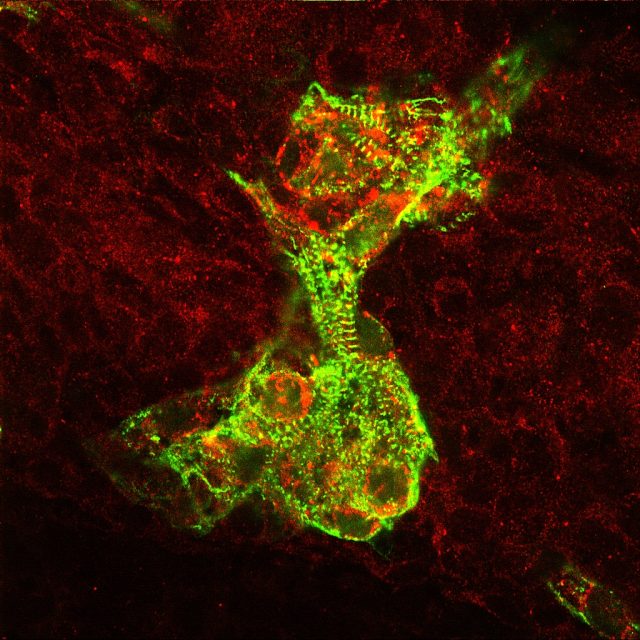Is Governor Romney a statesman on the scale of John McCain? Like McCain, he has an opportunity to break with the more extreme elements of his party on an issue that has consistently shown to be important to the American people, and one that he supported for a time as governor: federal embryonic stem cell research.
The stem cell controversy was a top-line issue for the last three presidential elections, but at a time when Americans are understandably preoccupied with the future of the American economy, it has receded as a values question that defines the candidates.
That may be about to change. Not only has the Akin controversy reignited cultural concerns, but the Republican Party
platform states hard-line opposition to embryonic stem cell research. And the legal challenge to the National Institutes of Health policy that allowed funds to be used to do research on the products (called cell lines) derived from using derivatives of unused and freely donated embryos, but not to cause harm to the embryos themselves, has been
defeated on appeal.
The policy that was being challenged had been
accepted by presidents Clinton, Bush and Obama, even though the number of embryonic stem cell lines (the scientifically valuable products of embryos), that could be used in federally funded research was limited. This limit was challenged by the scientific community, and even by his own NIH director, as severely hampering the research. President Obama
allowed more lines to be funded once the ethical nature of their donation had been checked.
Then in 2009 two scientists who worked on "adult" stem cells argued that they were subject to unfair competition from their peers in grants competition. The 1996 Dickey-Wicker amendment to the NIH budget banning research that could harm embryos was being violated, they said, putting them at a disadvantage in obtaining funding for their non-embryonic stem cell line work.
This argument had already failed before one three-judge panel last year, and on August 24 an appeal court panel
agreed with the lower court that no harm was being done to embryos using federal funds. Notably, the panel was chaired by a Reagan appointee and the other members were both appointed by the presidents Bush.
The apparent end of this case (further appeals are possible but almost certainly futile) should help to establish that basic medical research on all types of stem cells, including embryonic, is now part of normal laboratory practice. However, a new presidential administration could again revise the policy, even though the many new cell lines authorized under President Obama are now being integrated into important medical studies.
Opponents argue that a process that appears to make adult stem cells resemble embryonic stem cells is replacing the controversial cell lines, but it is uncertain whether the non-embryonic cells can be made to function in the ways that make the embryonic cell lines so valuable. Scientists are working on that
now. But the "induced pluripotent stem cells," the adult-derived kind, still must be compared to embryonic stem cells to test their potency. Ironically, the more-controversial embryonic cells are needed in order for the new uncontroversial cell lines to be made useful.
This subtlety can't be reduced to a bumper sticker, but the bottom line can. President Obana's position has been clear, as was Senator McCain's four years ago, that federal funding of embryonic stem cell research on diseases like Parkinson's, Alzheimers, diabetes and multiple sclerosis should be continued.
Romney's position so far is unclear. His campaign
website reads like we're back in 2008, promoting non-embryonic sources, without seeming to realize that the state of the science in 2012 relies on various sources of cell lines in the same research study.
It's not a hard question to ask: As president, would Governor Romney support a federal law that banned embryonic stem cell research, regardless of funding source? Or would he ban federal funding and let states and the private sector proceed?
Either would be harmful, but at least the voters should know how much damage would be inflicted.


